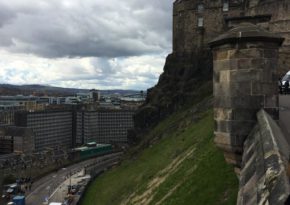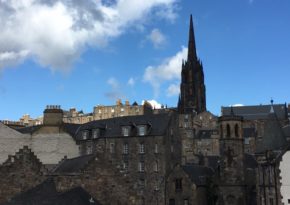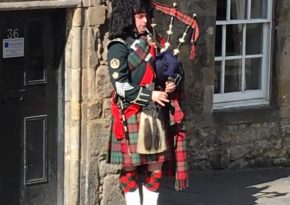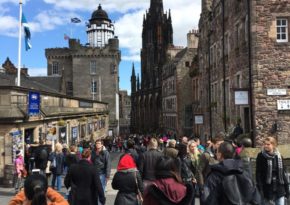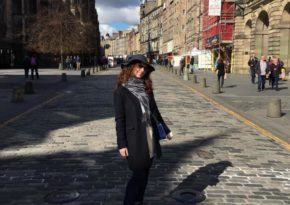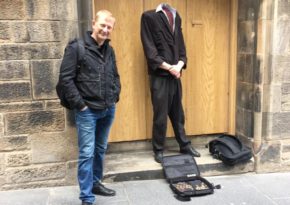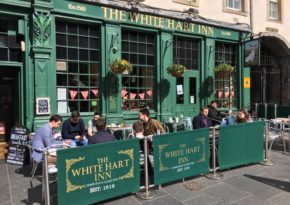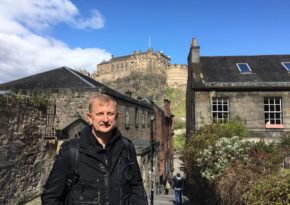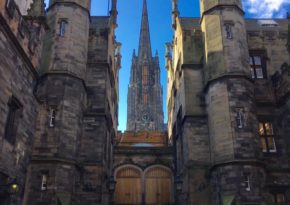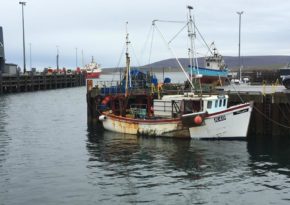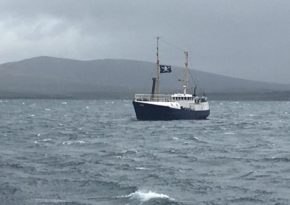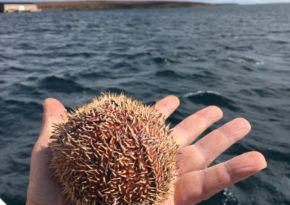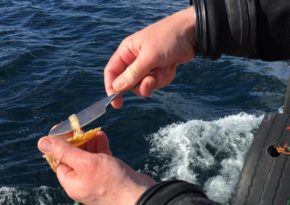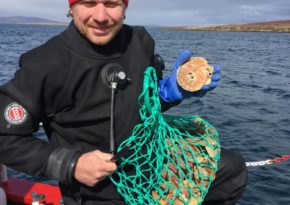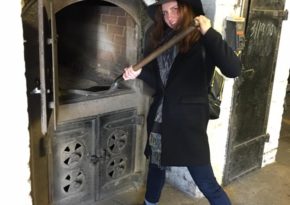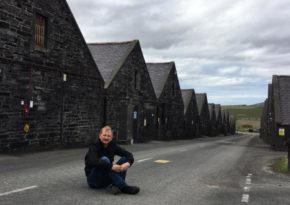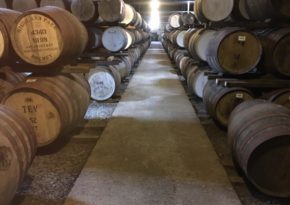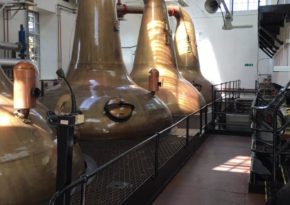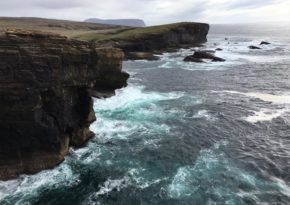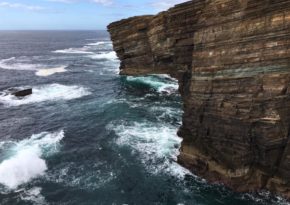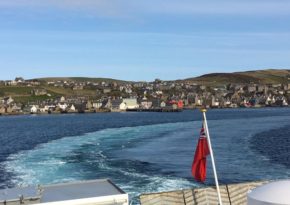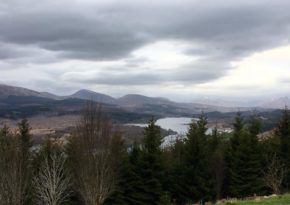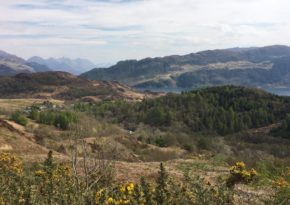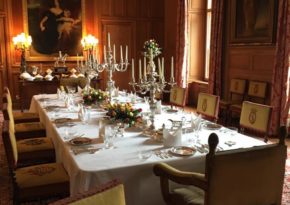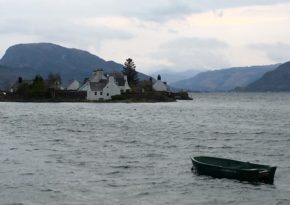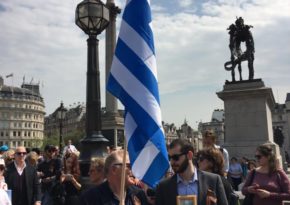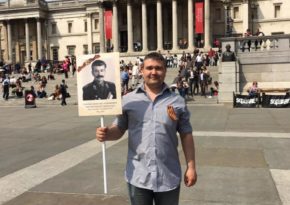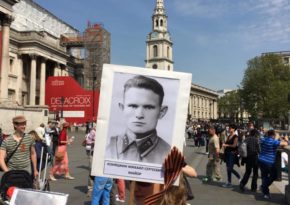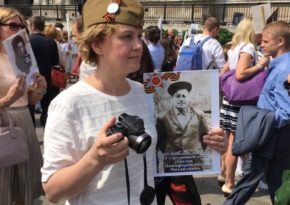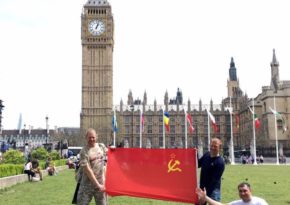My journey “Moscow – London – Edinburgh – Aberdeen – Kirkwall”
Does the name Scapa Flow mean anything to you? If so, you may already start feel jealousy. If not, then even more so! ![]()
Because tomorrow we will be in the very north of Scotland, a wonderful country where the most delicious whiskey in the world is produced, millions of sheep graze on evergreen fields, men wear skirts and play bagpipes and the weather changes a hundred times a day!
And there, on the sandy bottom of the large Scapa Flow bay, at a depth of 50 m, lie the ships of the German fleet, which was flooded about a hundred years ago. These piles of metal used to be formidable destroyers and battleships and now we are going to explore them with scuba gear and rebreathers.
And today we are getting acquainted with a beatiful Edinburgh! This old city with sooty stone houses of different styles that were built in different eras, castles, pubs, bronze monuments to kings riding horses, cobbled multi-tiered streets with long granite stairs and beautiful sunny weather, in addition, made an amazing impression!

A small town called Stromness is located 20 km from Kirkwall on the hilly shore of Scapa Flow bay. One- and two-storey neat houses huddle together along the main stone-paved winding street, on which two oncoming cars can hardly go at the same time.

This town consists of a small restaurant, a couple of bars, three or four hotels providing a few rooms and some shops. Well, there is also a port with berths and quite a big ferry has recently moored to one of them. Our dive boat (an aged wooden fishing boat converted for another aimed at diving) was near the board.

In the morning a friendly crew consisting of a 60-year-old captain and his assistant met us on the board of the schooner, which would take us to the sea for the next four days. By order of Admiral Reuter, 3 battleships and 4 light cruisers out of 70 captured German warships (which sunk in the bay on June 21, 1919) were remained in the bottom. The rest were raised and disassambled for scrap even long before the Second World War.
Having placed our equipment on the deck, we raised a red flag on the mast and left the port.
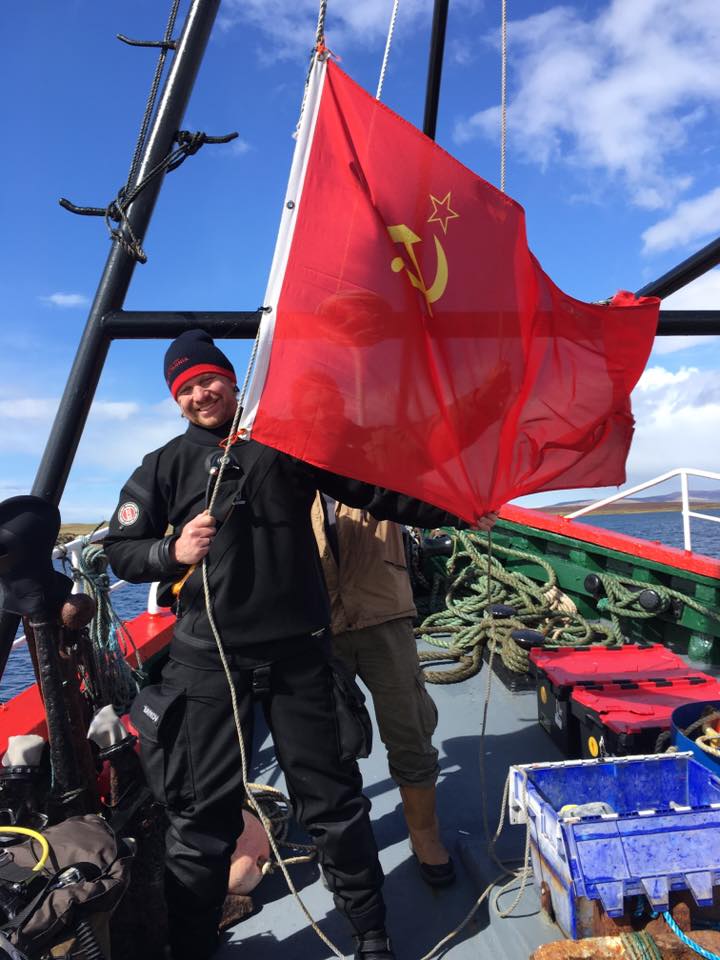
The weather is changing at an incredible rate. Just 5 minutes ago the sun was still shining and now the strong wind is bringing the stormy clouds, it's raining and snowing at the same time and our boat is being tossed from side to side so it's almost impossible to move along the deck. But 15 minutes later the sun starts shining again. And such a mess continues throughout the day.
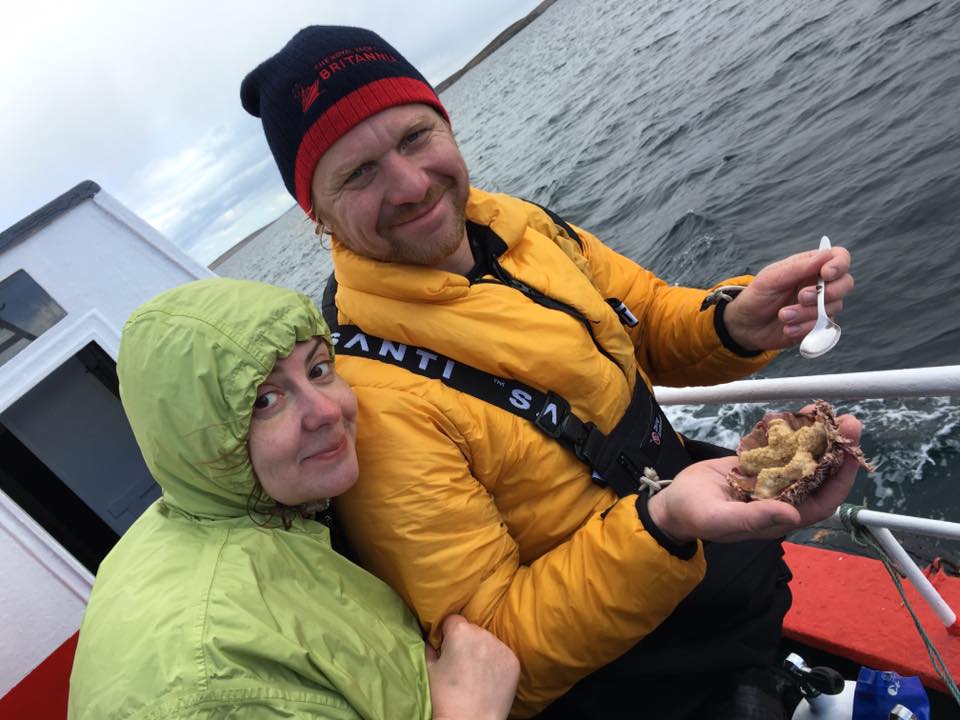
The water temperature is +8°C, its transparency differs depending on the weather and the dive site (so the visibility is from 7 to 12 m on average) at the depth from 20 to 45 meters. We took the 32nd nitrox with 10-15 minute decompression, which allowed us to fully explore one vessel in one dive (using two oxygen balloons of 15-litre capacity).
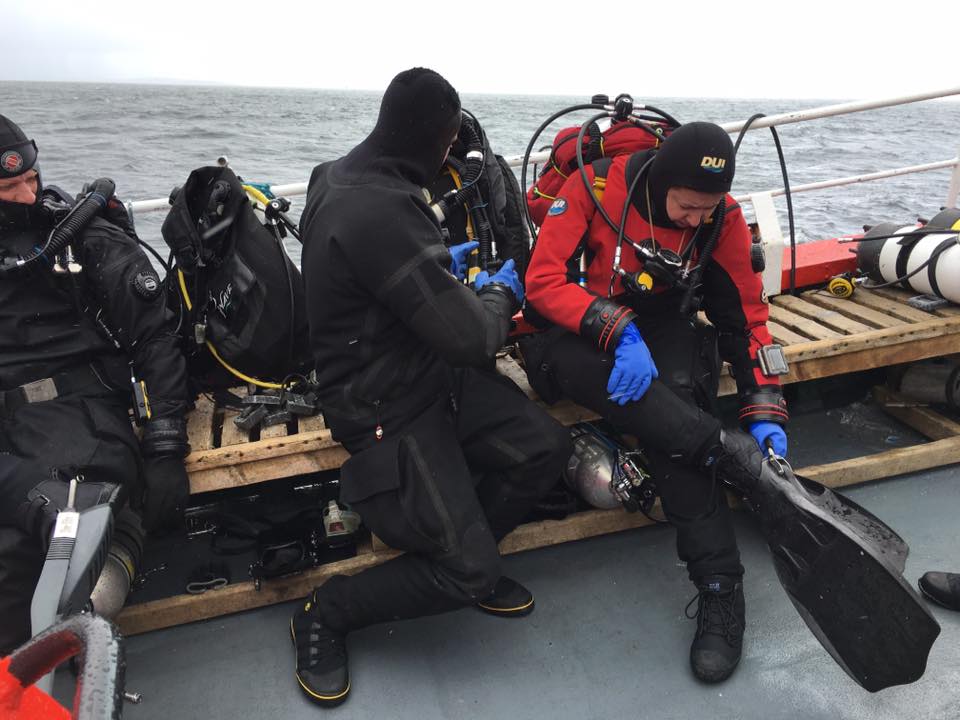
By and large, the condition of the ships is not bad: some had their weapons preserved as well as anchors and deck superstructures, which are now overgrown with beautiful corals, sea anemones. But all the valuable details and mechanisms had already been taken off and brought to the land. While diving, we collected some scallops and sea urchins, which we had then as a snack to the fine whiskey stored in advance.

Today is the third day of diving to Scapa Flow. The weather is wonderful! In the morning it rains and the wind blows everything that is slightly secured from the deck. Probably, there is a strong gale in the open sea. We continue to explore the remains of German battleships and cruisers resting at the bottom of the bay. All that has remained from the strongest fleet, which was second to none in the beginning of the 20th century, are the piles of twisted metal, huge trunks torn off their places of attachment, massive anchor chains with rusty anchors and anemone-covered side weapons.
Such an interesting place plus a cool dive boat with the most sophisticated facilities (it had an elevator for divers to get out of water) plus a wonderful team and fine Scottish single malt whiskey would make any scuba-diver the happiest person in the world.
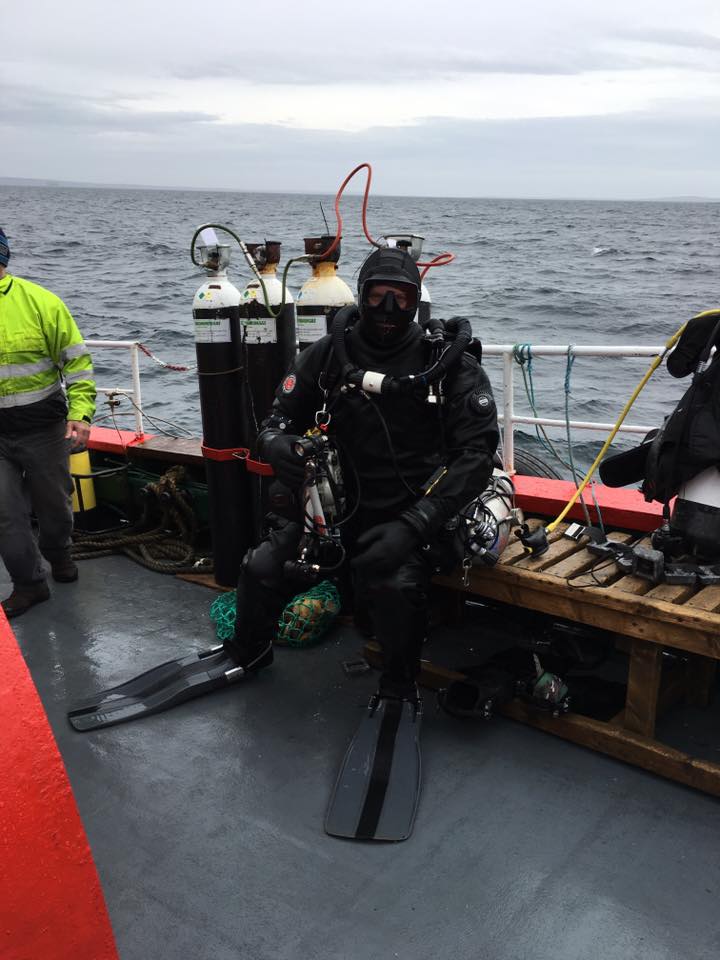
To travel across Scotland and not to visit the Distillery (a company that produces whiskey) would be a bad mistake. The northernmost distillery in Scotland, Highland Park, makes excellent scotch. And their 18-year-old classic drink can surely be considered one of the best examples of Scotch whiskey.

We had a very informative tour around the workshops, where we had an opportunity to follow all the stages of birth of this wonderful drink, starting from the malt house and ending with warehouses with thousands of barrels which keep this "water of life". And what a gorgeous fragrance these damp rooms with their stone walls covered with moss give in to the air!
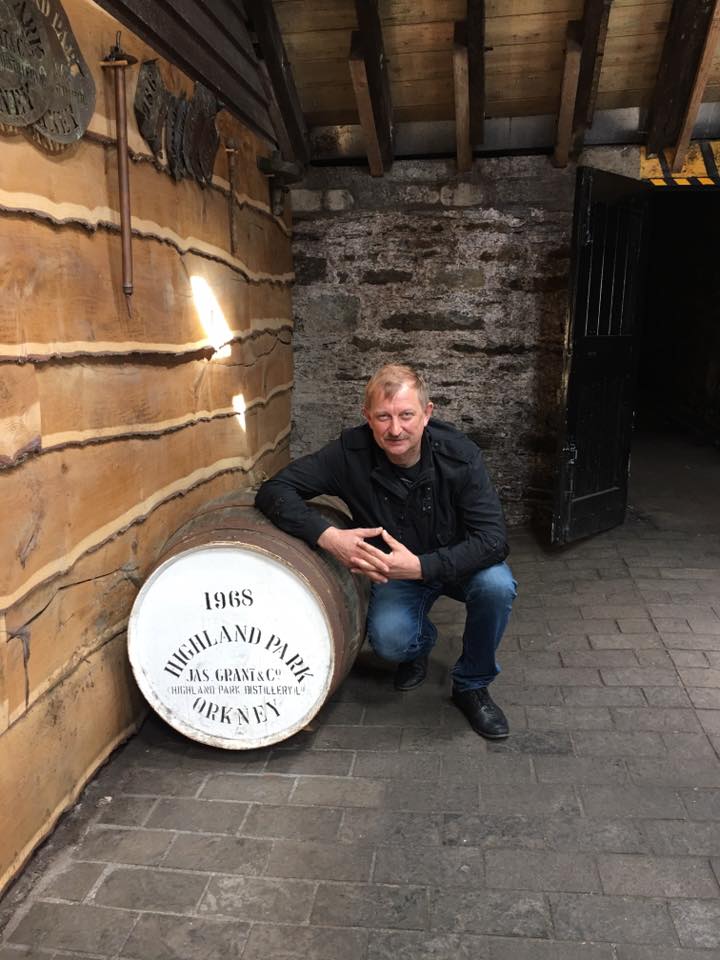
The nature of the Orkney Islands cannot be distinguished by its diversity. The humid climate and constant strong winds blowing from the sea prevent trees from growing, so there are only green fields with sheep grazing on them and hills overgrown with heather. But there is one place that impresses with its unusual beauty. Let's look at the huge cliffs at the foot of which foaming waves crash into myriad splashes...
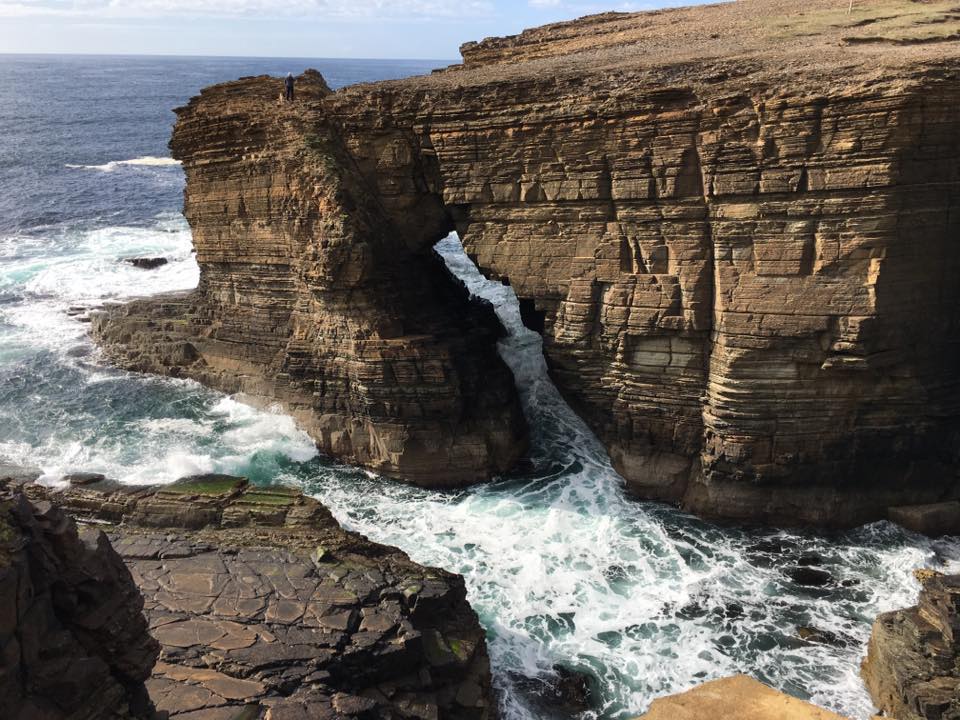
For many years the waves have been eroding the stone and creating a majestic picture of the infinity and the genius of its painter. One could hold still on the very edge of the cliff for hours, watching this unrealistic beauty... But, firstly, it was cold, and secondly, our best guide in the world, whose name was Sofia, waved her hand, inviting us to go further. There are so many interesting and unusual things waiting for us ahead!

At 9 a.m. a snow-white ferry with the image of a formidable viking on the board left the Stromness pier, went through Scapa Flow Bay and headed southwest. Two hours later we were already on the "Main Land". That's how the inhabitants of the island part of Scotland call the continental part of their country.
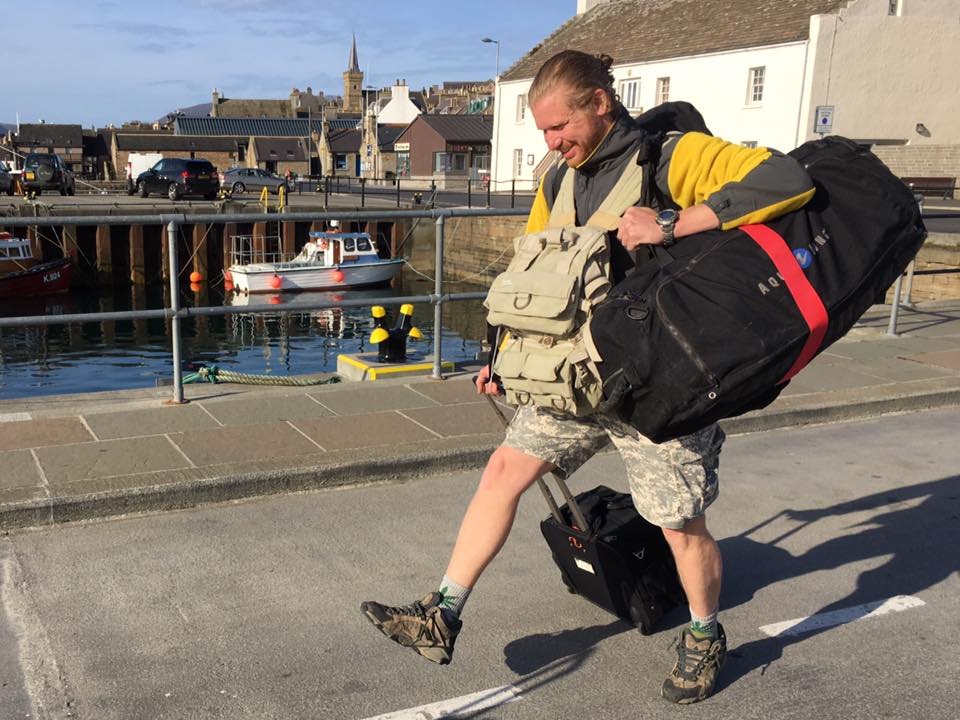
Then our route led us across the west coast to the south. Scotland is a mountainous country, though the mountains here are not that high. They are rather like big plush hills, to be more precise. The highest mountain is Ben Nevis, which height is less than 2000 m! Nevertheless, these mountains offer just stunning views in combination with numerous lakes, rivers and fjords!
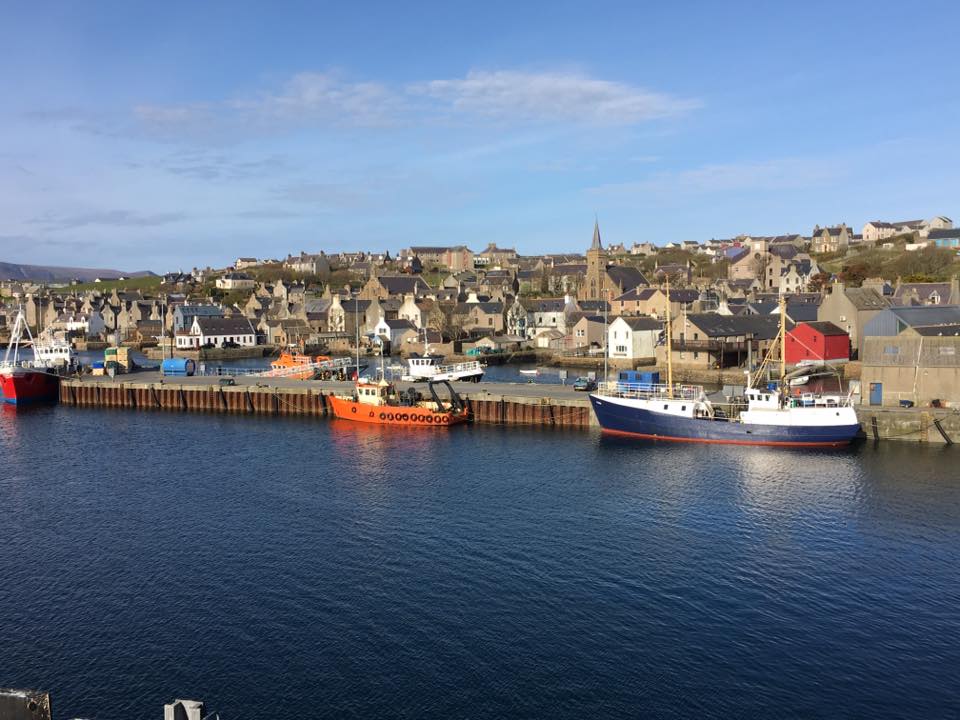
Roads in this area are good but narrow, mostly of one lane. Therefore, when oncoming cars encounter each other, one of them "dives" into a special space (which are placed every 200-300 m) to give the road.
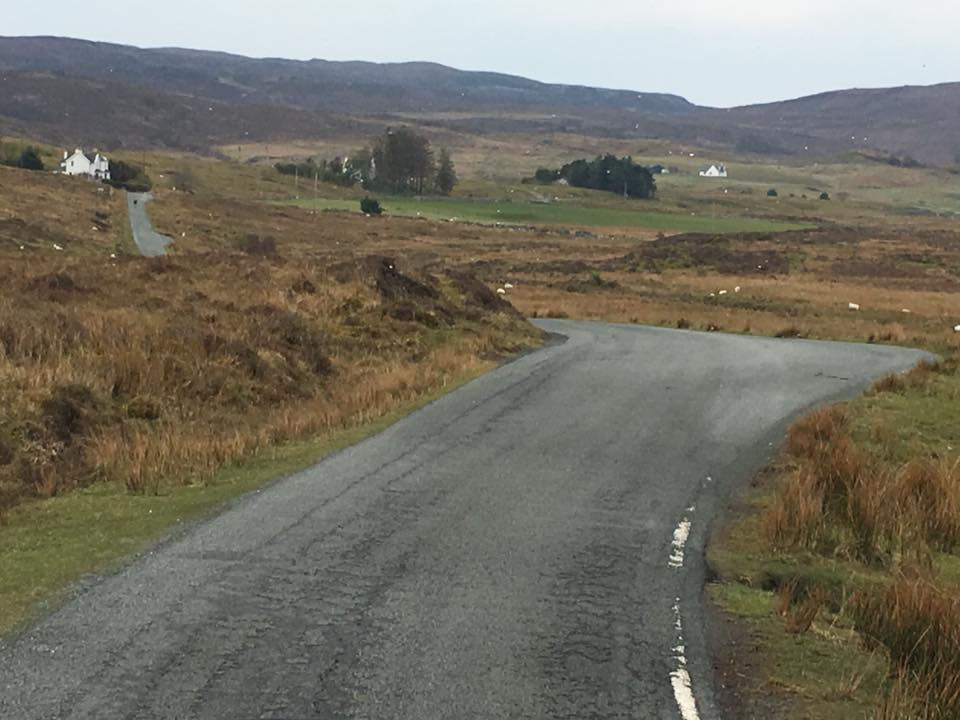
There are a lot of traveling motorcyclists, mainly in groups from 3 to 7 bikes. In one location we got stuck for more than an hour, since the road was blocked by the police due to an accident. At one of the turns near the curb there lied a pile of twisted plastic and metal, which had been a motorbike not long ago. The rider was dead. Most of the tourists from other European countries, when coming to the UK either by their own cars or renting ones here, initially have a slight problem with getting used to left-hand traffic. And if a sudden stressful situation takes place on a narrow road, one may make the wrong decision because of his instinct.
Well, Scotland is not Scotland without its haunted castles full of legends. One of them, perhaps the largest and most famous, is called Dunrobin Castle, and we were lucky to visit it. The interior of the castle was quite standard: the family coats of arms, regalia, huge portraits of dukes and other counts with swords and dressed in armor, narrow stone spiral staircases, massive furniture and beds with robes.
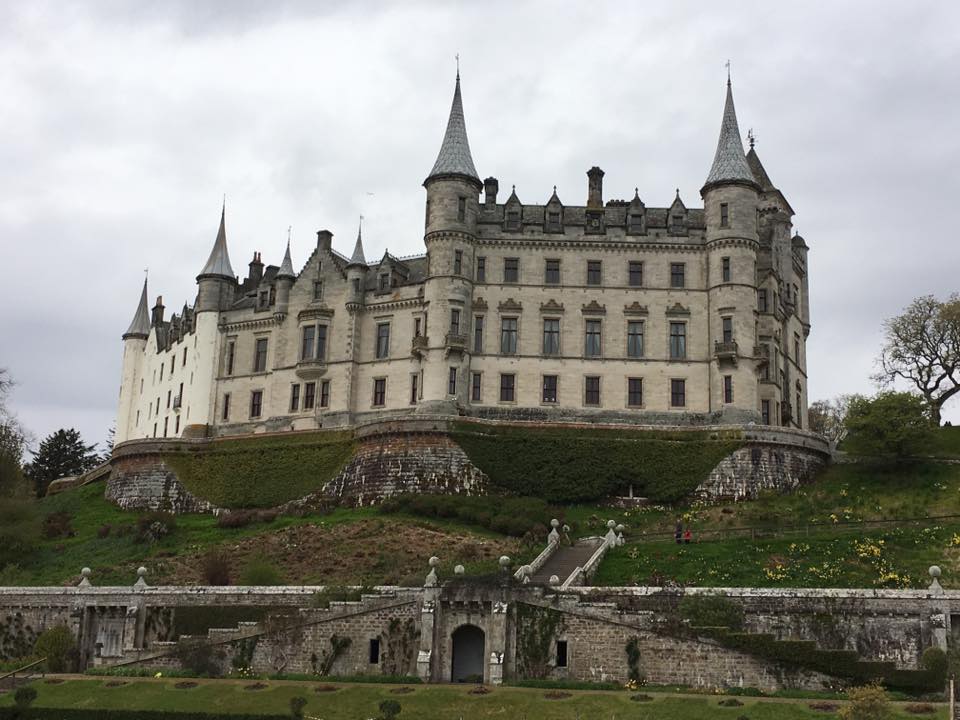
We took a ride across Loch Ness on a high-speed boat, which seemed like flying above the dark brown peat water of the deepest lake in the UK. A famous monster is said to live at the bottom of it. In the evening we reached a lovely colourful little village called Plockton on the shore of Loch Carron. It reminded me of the similar cozy, blooming and clean towns in the west coast of Italy. To our surprise, we found palm trees here! In the north of Scotland!
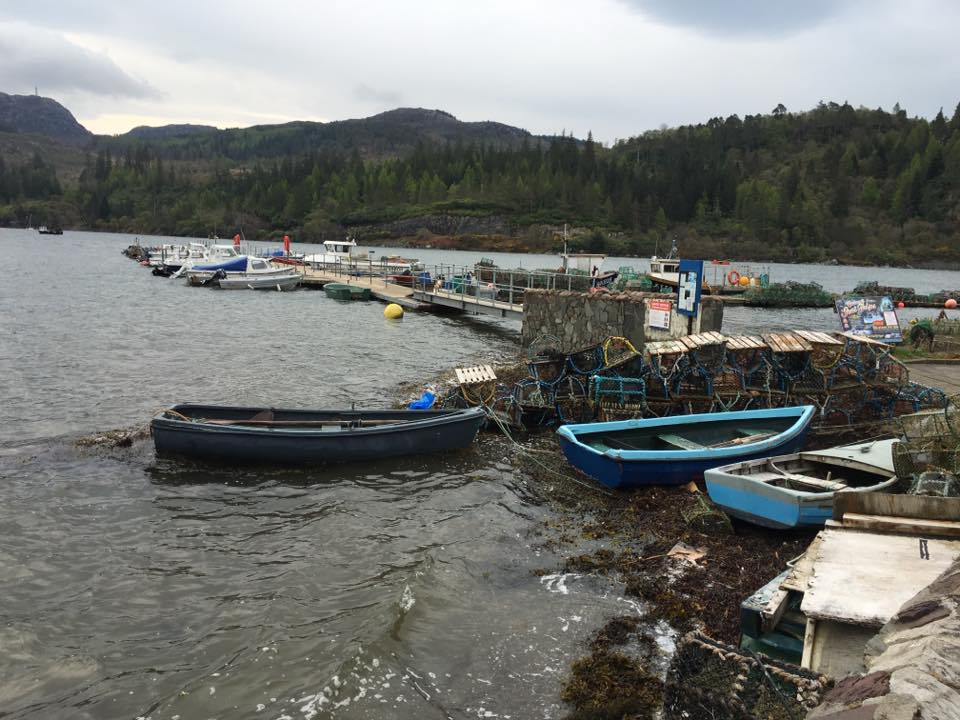
May, 9. London. Trafalgar Square. There is no place for any dirty politics. Here are only the grandchildren and great-grandchildren of those who freed a mankind from the terrible plague of the 20th century – fascism. Happy Victory Day!
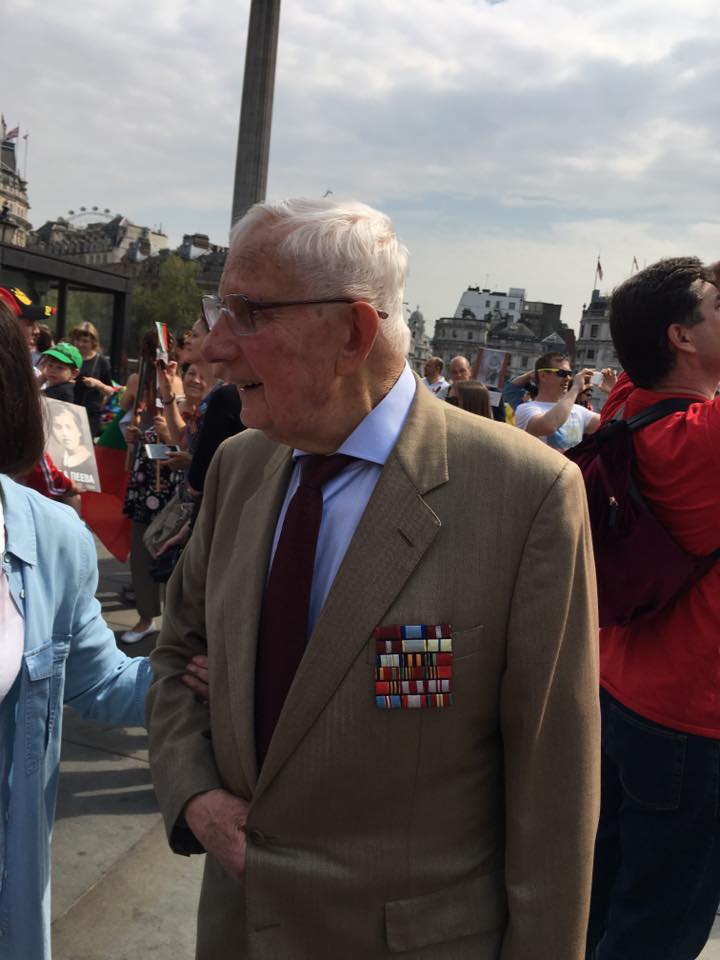
Our trip to Scotland has come to an end. Everything is superb! The nature is amazing! The weather is quite wayward. :) The ancient history is very rich. The people are interesting! (especially in the northern part) :) And our team is just awesome! Thank you, guys, for your endurance along the routes, for your energy while taking the excursions and for the warm microclimate in our group!
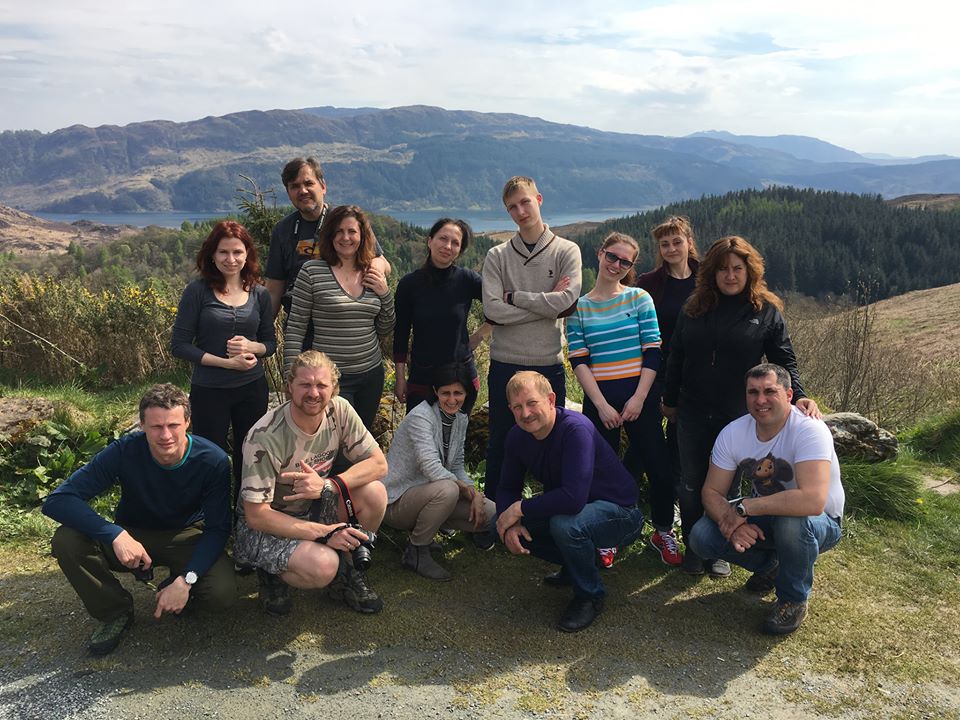
 Cap-travel.ru
Cap-travel.ru
